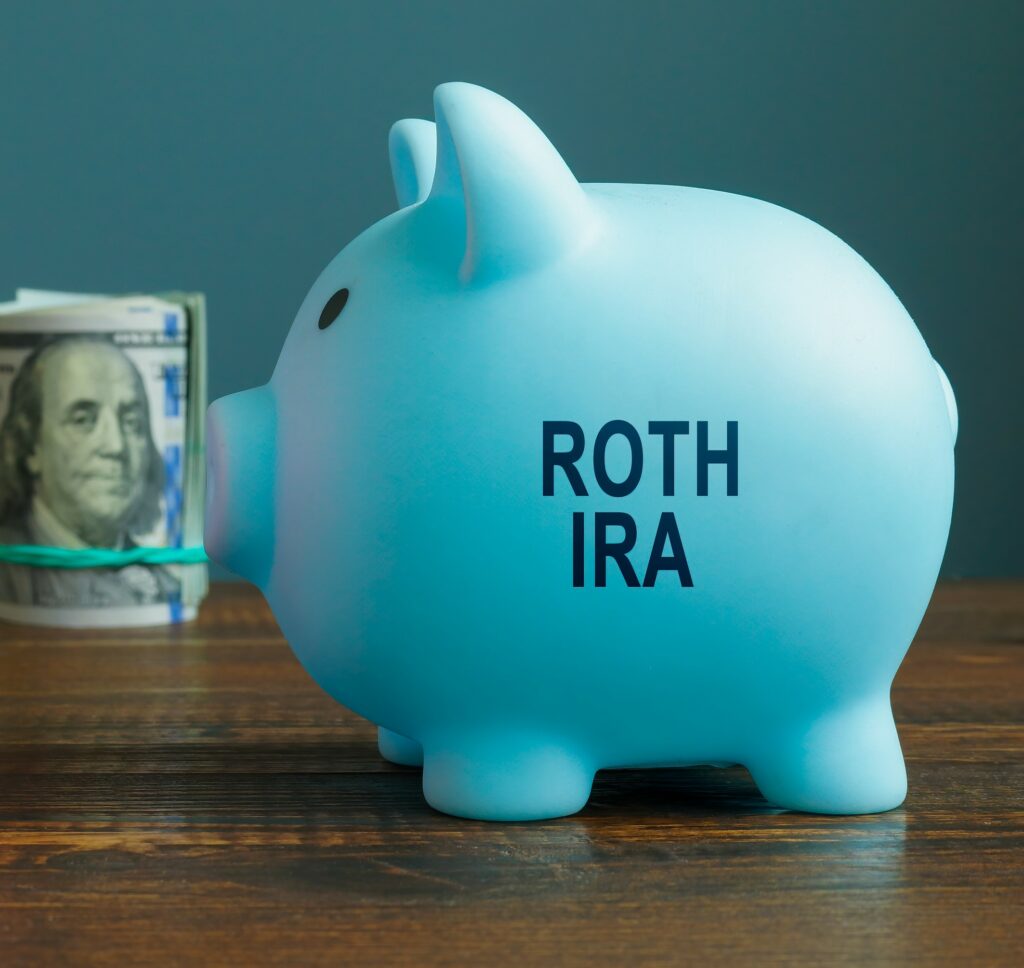Generally, the income tax that is due on a Roth conversion must be paid by the tax filing due date for the year in which the conversion occurs. For instance, an individual who is a calendar year filer would be required to pay the income tax due on a conversion done this year, by April 15 of next year. However, there is an exception for conversions done in 2010.
Under this exception, an individual who completes a Roth IRA conversion in 2010 has two options for paying the income tax. These are as follows:
Option 1: Spread the taxable income from the conversion over two years: 2011 and 2012. This is the default option. Under this option, the individual would include 50% of the income from the conversion on their 2011 tax return and the remaining 50% on their 2012 tax return.
For example:
Suzie converts $100,000 from her traditional IRA to her Roth IRA in 2010, all of which represents pre-tax funds which are therefore taxable.
Suzie will choose the default option to spread the income from the conversion over two-years which will result in the following:
- $50,000 will be added to Suzie’s income for 2011, and any tax owed on the amount would be due by April 15, 2012
- $50,000 will be added to Suzie’s income for 2012, and any tax owed on the amount would be due by April 15, 2013
Option 2: Include the entire taxable income from the conversion in their 2010 income. For this option to apply, the individual must make the election to do so when filing their 2010 tax return. Using the example above, the entire $100,000 would be included on Suzie’s 2010 tax return, and the income tax owed would be due by April 15, 2011.
Reporting the Conversion and Making the choice/election: 1099-R vs 8606
The 1099-R that you receive from your IRA custodian or trustee will show the full amount that you converted. For instance, if you converted $100,000 in 2010, the 1099-R will show $100,000 regardless of which option you choose. Don’t be daunted by this, as they are only following the IRS’ tax reporting rules. The question then becomes “How do you let the IRS know which choice you made? The answer lies in you filing IRS Form 8606.
You must file the 2010 version of IRS Form 8606 to indicate your preference. The election is made in Part 11 of the Form for conversion from non-Roth IRAs to Roth IRAs, and Part 111 for Rollovers from qualified plans, 403(b)s and governmental 457(b) plans to Roth IRAs and designated Roth accounts.
Caution: Before deciding to spread the income from a conversion over two years, it may be a good idea to work with a tax professional to get an idea of the effect the different options would have on the amount of income tax that would be owed on the conversion. Spreading the income over two years at first glance may seem like an easier way to pay the income tax; however that option could end up being more costly if tax rates increase in 2011 and/or 2012. Also, other income received during the year (2010, 2011 and/or 2012) could affect the amount of income tax due. For instance, if you have no other income during 2010 and can offset the income from the conversion against losses, including the entire amount in 2010 may make good tax sense. Consult with a competent tax professional to determine the option that would be less costly for you.

